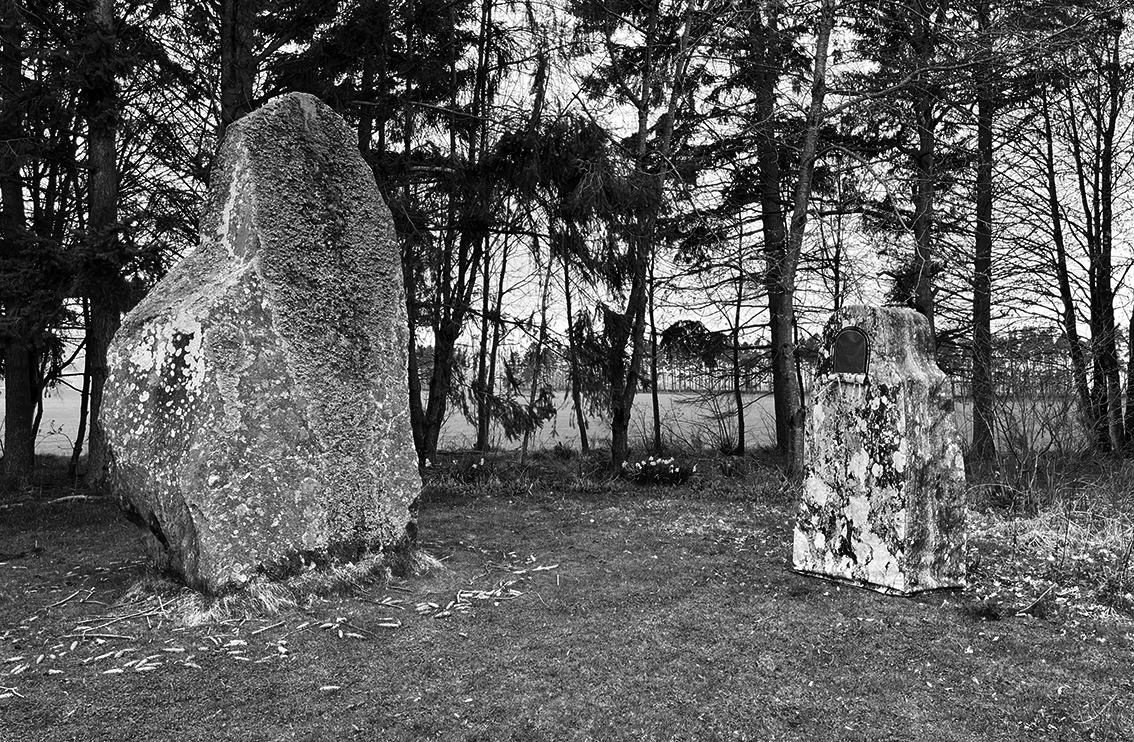A home for art, ideas and the Scul?tures of George Wyllie
HOLIDAY CLOSURE:
We close for the winter break at 5pm Sunday 21st December and Reopen 12:00 Saturday 10th January.
Thank you to all our visitors throughout 2025 and we look forward to showing what we have to offer in 2026
About the Wyllieum
In keeping with Wyllie’s own approach to his work, The Wyllieum is a free, welcoming space of inspiration and invention, posing questions around what art is and can be.
Home to the largest collection of works by George Wyllie in the world, The Wyllieum, which sits on the River Clyde in Greenock, showcases Wyllie’s work and legacy, will host a rolling display of exhibitions and displays of art which connect to Wyllie by outlook or ethos alongside a permanent collection display showing items from the George Wyllie Estate, ephemera and archival material. The year-round gallery programme showcases Wyllie’s practice and places it in dialogue with his collaborators while also creating a platform for contemporary artistic responses to his work.
Entry is free although donations are gratefully accepted.
Current exhibition: A Wee Multitude of Questions: Scul?ture by George Wyllie
Asking big questions lay at the heart of all George Wyllie's prolific creative output - although often his work intended to provoke thought and discussion rather than provide answers. Describing himself as a "Scul?tor" at his first exhibition in 1976 at the Collins Gallery in Glasgow, Wyllie’s "trademark" question mark is at the heart of the exhibition.
See Gallery One page for more information.
George Wyllie (1921-2012)
Born in Glasgow in 1921, George Wyllie trained as an engineer with the Post Office before serving in the Royal Navy from 1942 to 1946. He was a Customs and Excise Officer for thirty years before becoming a full-time artist in his late fifties, pioneering socially engaged artwork such as the Straw Locomotive (1987), which hung over an empty Clyde as a requiem for Glasgow's engineering prowess; and the Paper Boat (1989), a reminder that over two fifths of the world's merchant ships were launched in The Clyde in the early 1900s.
Many of George’s major works have become more prescient over time. The aforementioned Straw Locomotive and Paper Boat communicated the hole left in communities after industry was ripped from them in the 1980s. He also built sculptures that depict a home buckling under the pressure of its over burdened mortgage, and his play A Day Down A Goldmine - performed at Glasgow’s Third Eye Centre and Tramway, The Whitworth, and the ICA and starring alongside George at various times, Russell Hunter, Bill Paterson and John Bett. ADDAG chronicled the origins of the modern banking system and its inherent inequalities.
George’s sense of social justice and equality was formed, in no small part, by his experiences as a younger man and were compounded by Wyllie’s experiences during the Second World War; serving in the Royal Navy George was one of the first foreign nationals to visit Hiroshima shortly after America dropped the atomic bomb.
By the late 1970s George had retired as a customs and excise worker in order to focus entirely on art. A friendship with gallerist Ricky Demarco led to horizon expanding meetings with other artists and creative figures including Joseph Beuys and George Rickey whose influence can be clearly seen in a range of Wyllie’s later works, including his series of outdoor Equilibrium Spires: wire sculptures which he placed in various locations, ranging from the remote Gruinard Island in the Inner Hebrides to the Berlin Reichstag.
It was during this time that George met Barbara Grigor, the chair of The Scottish Sculpture Trust, and her husband filmmaker Murray Grigor - who went on to make the influential film The Wh?sman about Wyllie and his work. Their ongoing influence and support was hugely important for George as his career as an artist progressed: Find out more at Georgewyllie.com
27 June - 31 October 2026
Claire Barclay RSA
Falling Rising
Claire Barclay RSA is the first artist commissioned to make work in response to the context of the Wyllieum to be exhibited within the impressive main gallery space. She will bring together a number of conceptual strands, including revisiting the work of artist Joseph Beuys who George befriended in the 1980s.
The work of all three artists share an obsessive interest in exploration, combining materials and objects in provocative and often absurd ways in order to draw attention to their wider imbedded cultural roles and meanings.
Both Claire and George Wyllie share a strong connection to the Clyde and experiences that instil respect for the uncontrollable and changeable nature of the sea and prompt thinking about how we deal with patterns and unpredictability within our lives. A sense of switching of perspective from land to sea will be echoed within the work through spatial interventions and the use of the panoramic windows of the gallery space where looking out and looking in will have equal consideration. The title may also suggest that rise and fall of individual and societal optimism can provide potential for change and opportunity.
Volunteer!
The Wyllieum is on the hunt for Inverclyde’s best volunteers! If you would like to help support The Wyllieum by engaging with the public or in one of our behind the scenes departments we’d love to hear from you! Email recruitment@wyllieum.com for more information!
Coming Soon!
2026 is shaping up to be an landmark year for The Wyllieum as we team up with the Royal Scottish Academy to mark their bi-centenary celebrations. George Wyllie was an Academician and enjoyed the friendship of many other artists who were similarly honoured. With this in mind we have developed two very special exhibitions which link the RSA, George Wyllie and the ever-inspiring Clyde.
BELOW: Hide for Watching Standing Stones by Edward Summerton
RIGHT: Claire Barclay, Soft Snag detail, 2023, steel linen. photo: Todd-White
21 February - 31 May 2026
George Wyllie RSA (1921-2012)
From the Clyde to Sarajavo
to the Venice Lagoon
An exhibition curated by RSA Past President Arthur Watson
This exhibition marks the 200th Anniversary of The Royal Scottish Academy (RSA) and shows how George Wyllie was embraced by Scotlands pre-eminent arts institution, and backed by some of Scotland’s most eminent sculptors. It was through Richard Demarco HRSA that Wyllie met Joseph Beuys, working with him in Scotland and Germany. He was also invited to the USA to make work in the studio of sculptor George Rickey.
Work is included in this exhibition by four of George’s co-exhibitors at the first Scottish sculpture open exhibition, Kildrummy castle, Aberdeenshire and at Richard Demarco’s New Scottish Art exhibition in Sarajevo. Large works by current Academicians Edward Summerton RSA and Arthur Watson PPRSA bring scale to the exhibition and documentation by Richard Demarco HRSA and Andy Dewar adds context.
The exhibition includes work by Frank Pottinger RSA, Andrew Stenhouse RSA, Gareth Fisher PRSA, Jake Harvey RSA, Fred Bushe RSA and George Wyllie RSA, on loan from the RSA Collections.



